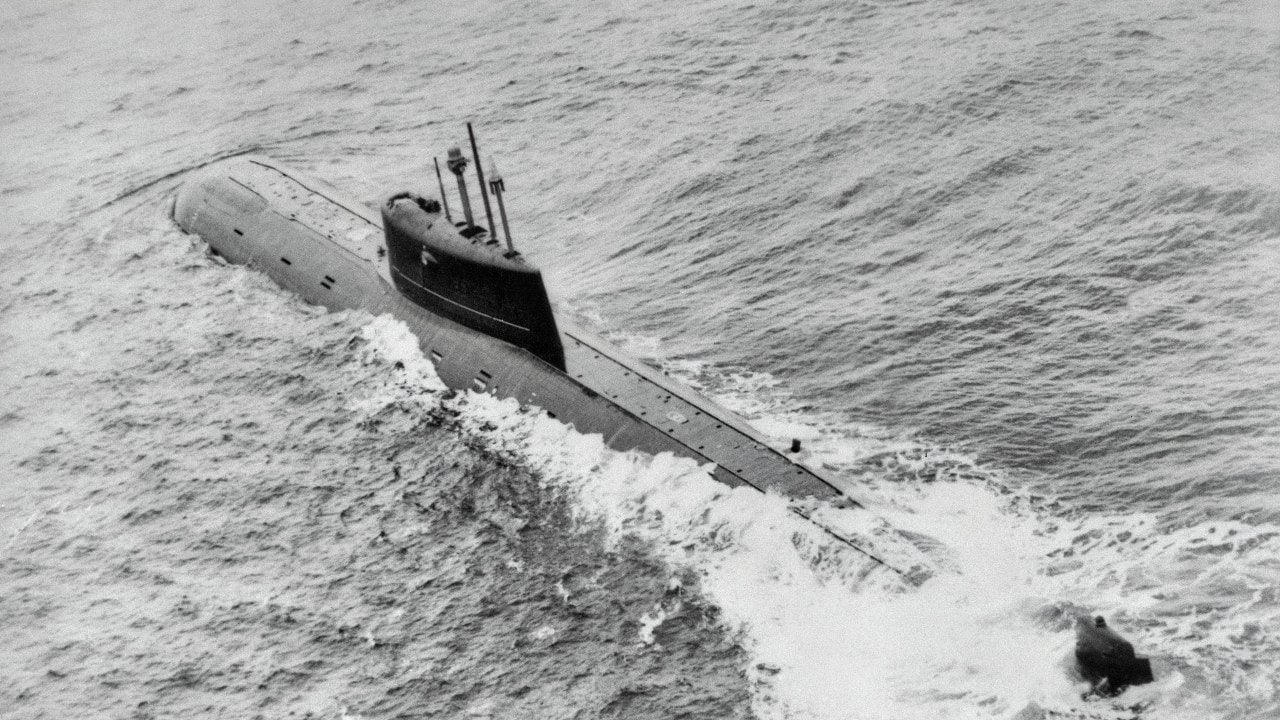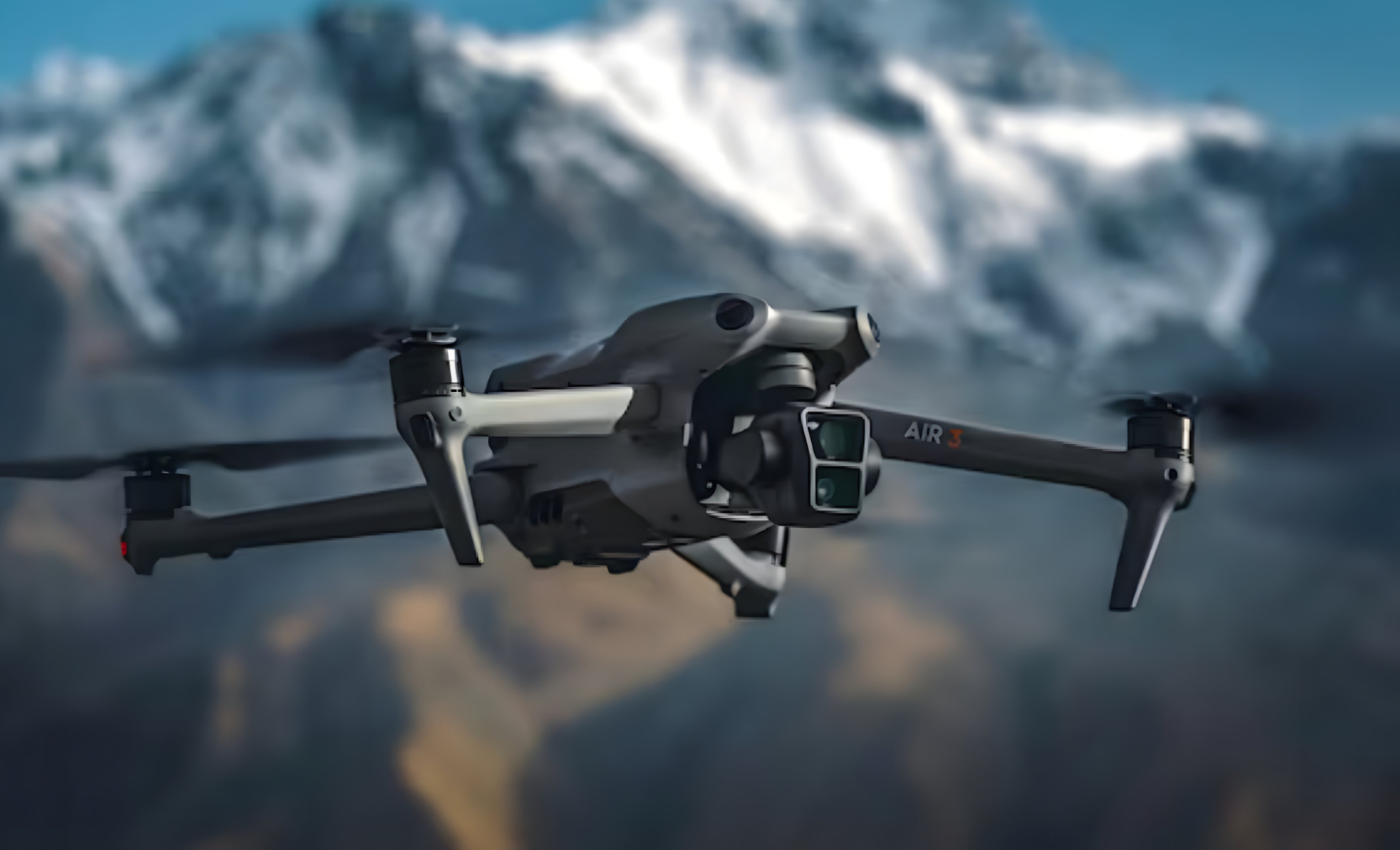In a surprising move, Pakistan has increased its defense budget by 15% for the fiscal year 2024-25, raising it to $7.6 billion. This hike is part of a larger $67 billion national budget, signaling a commitment to military strength despite economic difficulties.
On June 12, the Pakistani government announced this significant increase in defense spending, which now stands at $7.6 billion (Rs 2,122 billion). This is a notable rise from the previous year’s $6.4 billion (Rs 1,804 billion) and the $5.4 billion (Rs 1,523 billion) in 2022-23. Despite this rise, defense spending as a percentage of GDP remains at 1.7%, consistent with previous years.
The new budget allocates $7.61 billion (Rs 2,128 billion) to defense affairs and services, with significant portions dedicated to employee-related costs ($2.91 billion), operating expenses ($1.83 billion), physical assets ($1.96 billion), and civil works ($0.87 billion).
Finance Minister Muhammad Aurangzeb presented the budget, which is the first for the coalition government of the Pakistan Muslim League (Nawaz) and Pakistan Peoples Party since the February 8 elections.
The Pakistan Economic Survey 2023-24 reveals a decreasing trend in defense spending as a percentage of GDP, from 2.6% in 2020 to 1.7% in 2024. This trend continues into 2025, with the defense budget still representing 1.7% of GDP.
Transparency in Pakistan’s defense budget is a concern, particularly for neighboring India. Significant expenditures, including those related to the nuclear weapons program and paramilitary forces, are reportedly excluded from the official defense budget. Additionally, military assistance from countries like the US and China is not reflected in the budget figures.
Pakistan faces severe economic challenges, with defense spending being the second-largest annual expenditure after debt repayments, which are projected to reach $35 billion next year. By March 2024, Pakistan’s total public debt was $241.16 billion, with substantial portions owed to China, Saudi Arabia, and the UAE.
In a bid to avoid economic collapse, Pakistan is negotiating with the International Monetary Fund (IMF) for a bailout of $6-8 billion. The IMF has made future agreements conditional on the approval of the 2024-25 budget.
The 2024-25 budget aims to achieve economic stability, reduce the public debt-to-GDP ratio, and improve the country’s balance of payments. It also seeks to revitalize the private sector and stimulate economic growth.
Pakistan relies heavily on China for its defense imports, with China being the main supplier of key military equipment. From 2019 to 2023, 82% of Pakistan’s arms imports came from China, including frigates, artillery guns, UAVs, attack helicopters, and fighter jets.
In summary, while Pakistan continues to invest in its military capabilities, the balance between economic stability and defense spending remains delicate. The country’s future will depend on its ability to manage this balance without compromising its economic and military ambitions.
:quality(70)/cloudfront-us-east-1.images.arcpublishing.com/archetype/Z5GBQ6EPPBGXLGUYNH3QYUB42M.jpg)






